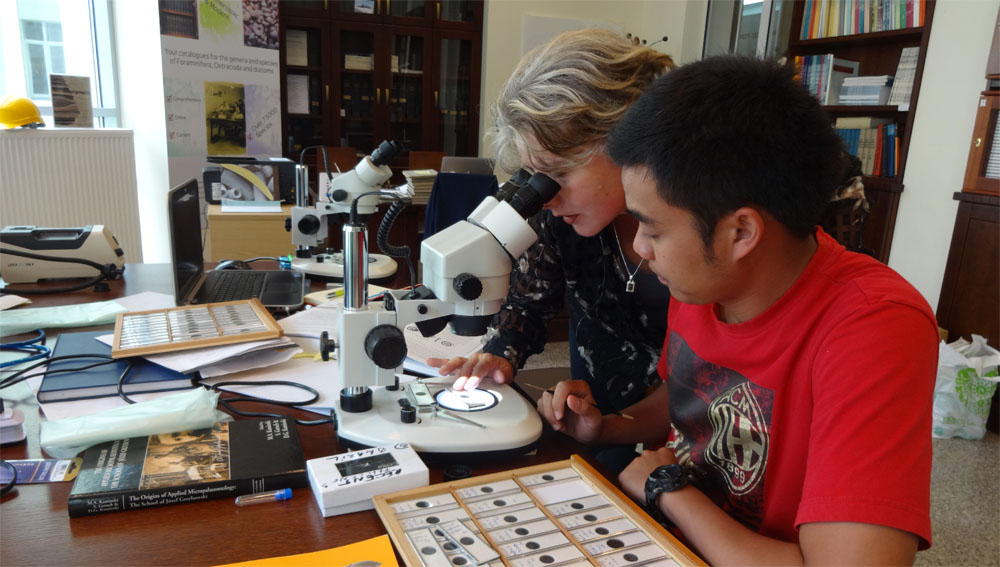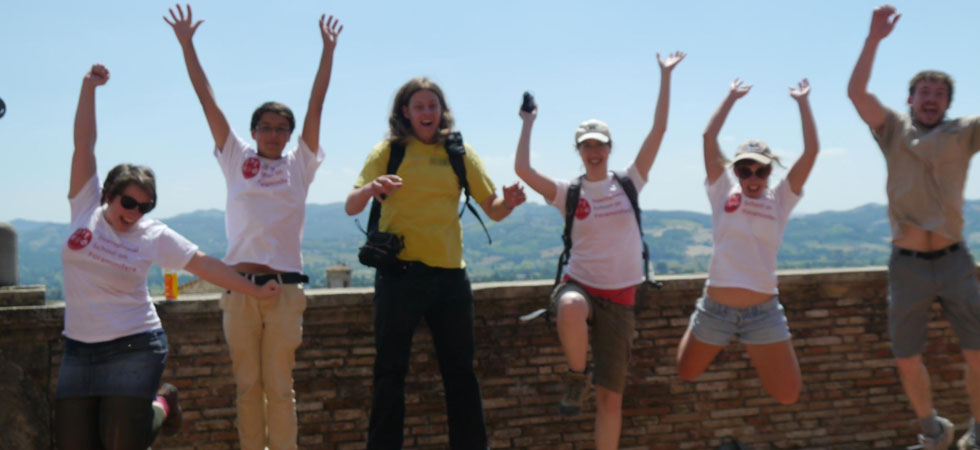
We provide professional development courses tailored for individual and small-group needs for industry and academia. At the Micropress Europe premises in Krakow we have training facility benefiting from the comprehensive microfossil collections and extensive reference library. Our lecturers are internationally recognised specialists in their respected fields. Please contact us directly to discuss your training needs
Course size is limited to 10-15 participants. To apply for a place on the course please contact us: info@micropresseurope.eu

